More than a century of children’s drawings in wars and mass crimes
Until August 27, 2023 at the MIR, Déflagrations paid tribute to the creative gesture of children who, after having encountered death in countries devastated by wars and mass crimes, traced, drew, told, dreamed… From the First World War to the present day, more than 140 drawings have been exhibited across diversity, building bridges between the pages of history, cultures and countries.
By giving a place to these inscriptions in History, the exhibition was a path of knowledge and recognition of the experiences, memories and full-fledged expressions of these children. Witnesses, victims, actors, they introduced us to their drawn stories which enrich the plural memories of our societies, call our attention and our vigilant consciences to human rights violations. Faced with the discourse that fuels disastrous passions, could these young designers be our scouts?
With the participation of the artist Enki Bilal,
“travel companion” of Déflagrations
Curator: Zérane S. Girardeau,
founder of the project and the Déflagrations association
Scenography: Studio Tovar
The exhibition in six themes
The Déflagrations exhibition highlighted both the uniqueness of each of the children’s drawings and the graphic and thematic affinities. Thanks to the connection of the drawn stories, threads are woven between experiences and memories, beyond the contextual, historical and cultural multiplicities. This constellation of drawings took us through six themes.
The first drawn scenes announced “the war for real”, with the separations on the station platforms which precede the departure of the men into combat, the first air alerts, the arrival of the tanks…
The war is very close and “facing the monsters”, incarnations of the danger and the threatening enemy, heroic figures rise up, those of the fighters with weapons and emblems, those of the opponents, the rescuers…
It is a “killer sky”, full of the noise of bombs, which breaks the border separating the combatants from the civilians. The terror before this fire from the sky which spreads death and ruins never ends, it fills the drawings from the Spanish War to the present day.
The implosion and explosion of a world swept into chaos and devastation are so many “explosions”. Papers are covered with flat areas of paint or impulse lines. Others are just a void in which figures of fear are suspended.
The eyes saw “the human in his immense darkness”. The children’s pencils and colors show what has destroyed human life – debasement, sacrilege, deportations, massacres of civilian populations, absolute destruction… Scenes freeze on paper.
“Tears and dreams” continue to intertwine in the children’s drawings. The living give a place to their dead. They cross seas, roads and borders, to save lives, again. Dreams are placed on paper, again. Even fragile, they are jewels.
The Déflagrations association
This exhibition was made possible thanks to the work of the Déflagrations association on the graphic expressions of children in wars and mass crimes, to the numerous contributions it has attracted from around the world and to the generous support of the lenders who support this project for several years.
The museum and the curator thank the children and all the people, as well as the organizations which worked with them, contributed to the creation and preservation of their drawings – international institutions, NGOs, museums and archival institutions, associations , artists, journalists, publishers…
Déflagrations arrived in our walls after an exhibition at the MUCEM in Marseille (2021), at the André Malraux media library in the city and the Eurométropole in Strasbourg (2017). Since its creation in France, the project has been supported by the UNHCR, UNICEF, Médecins Sans Frontières, Human Rights Watch, SOS Children’s Villages France.
WITH THE SUPPORT OF


Évènement à la une (menu déroulant)
Cet article permet juste de définir l'évènement à mettre à valeur dans le menu déroulant.Il suffit ...
RegistrationAll events




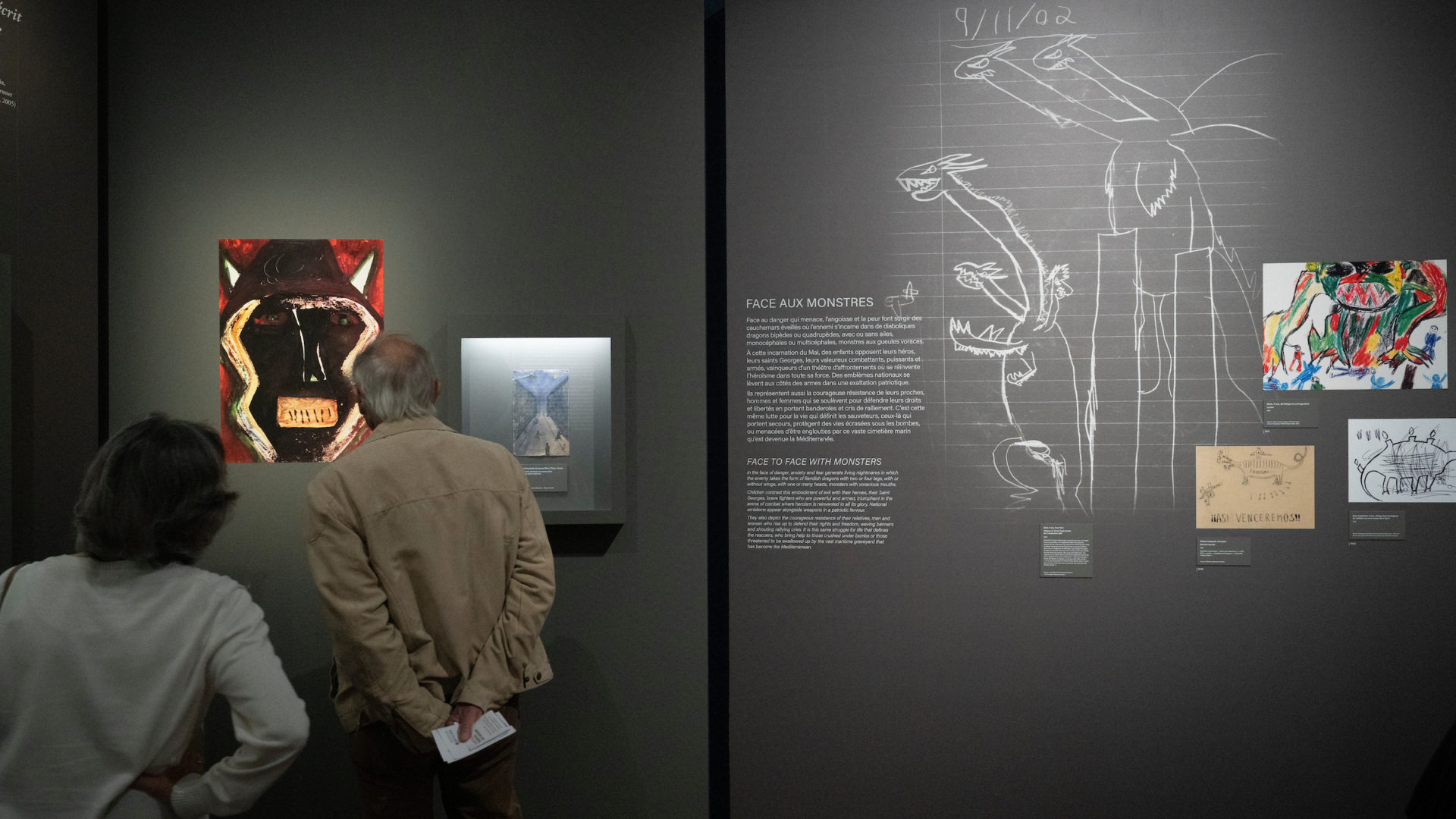
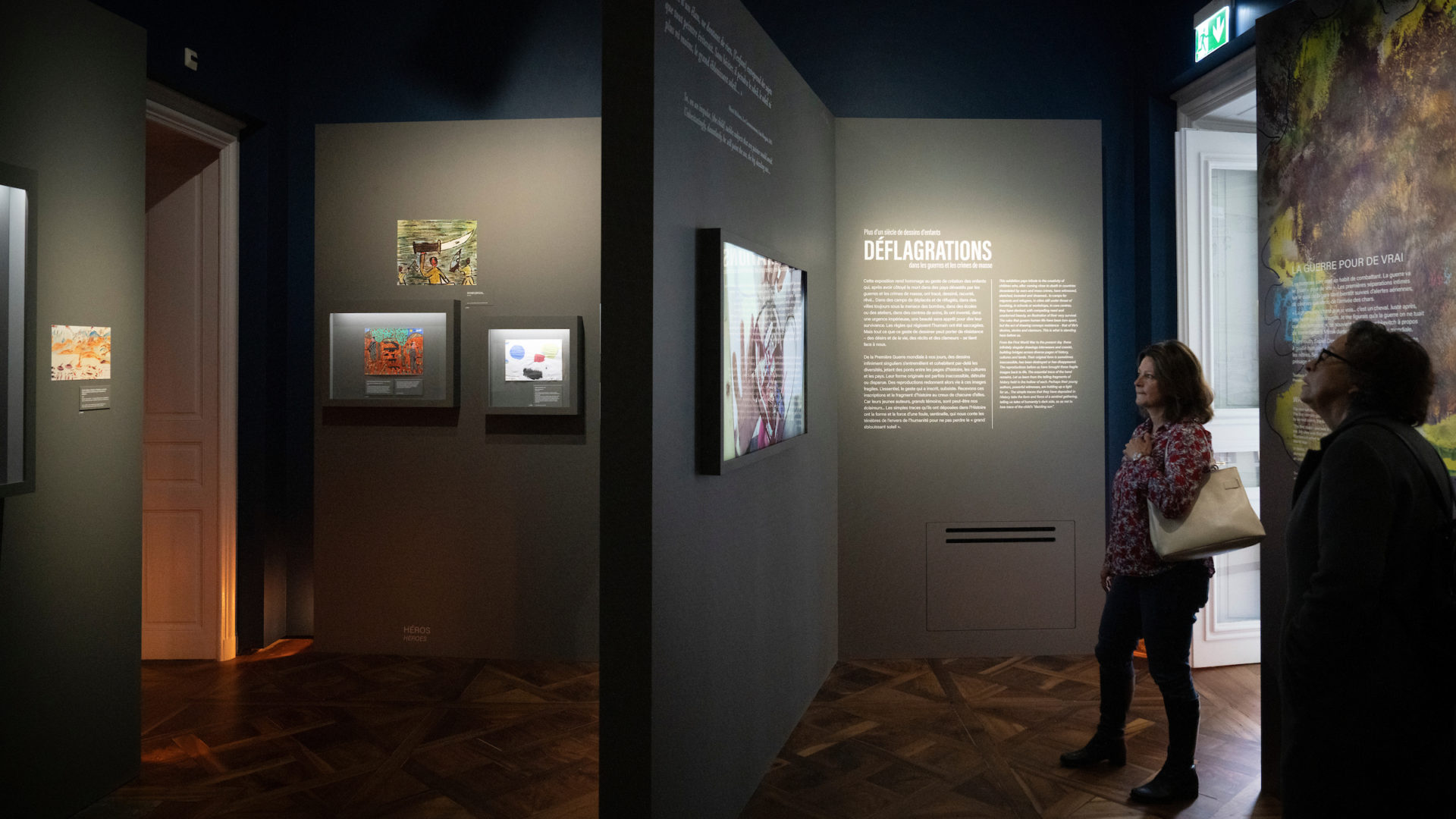
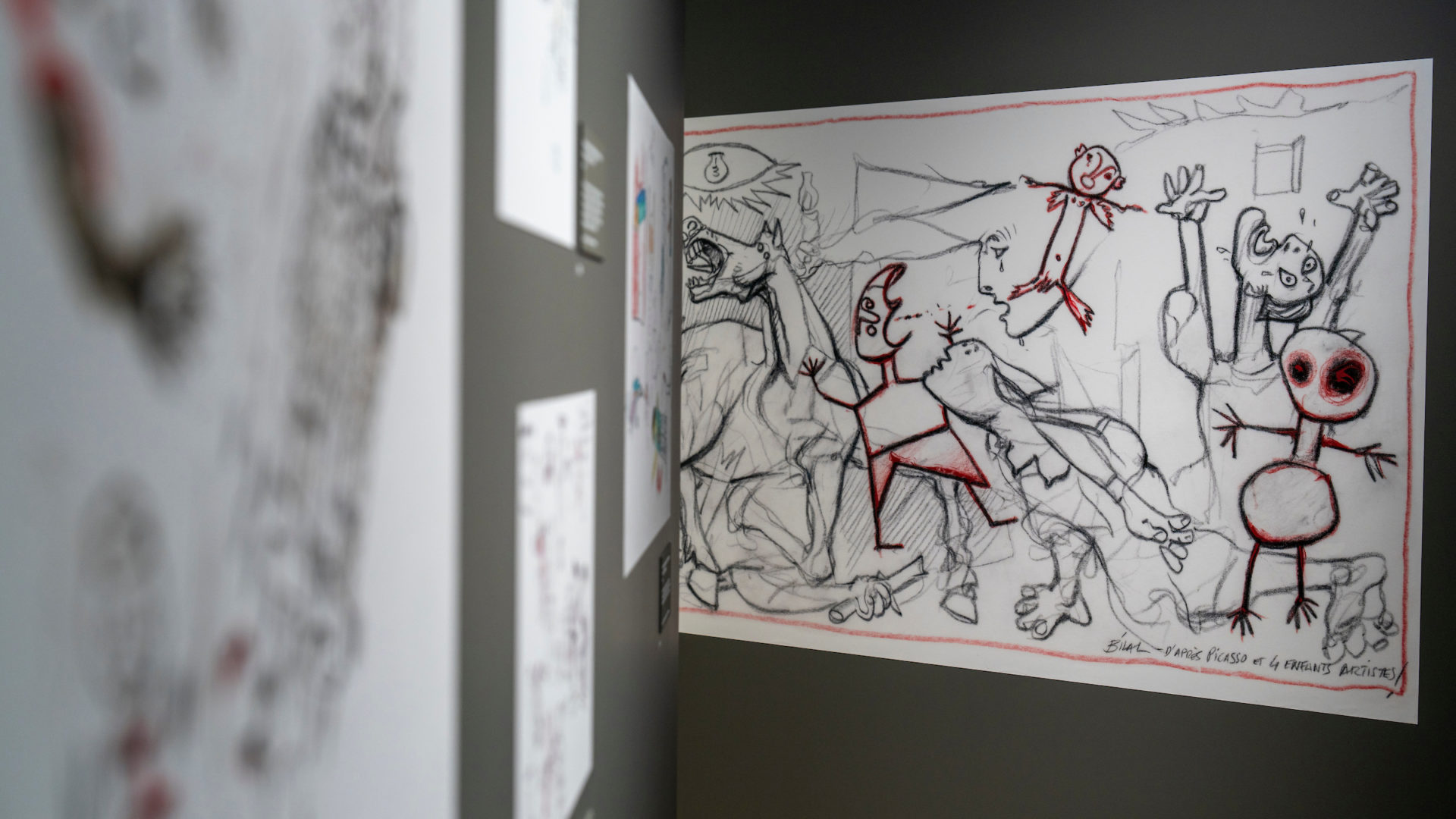
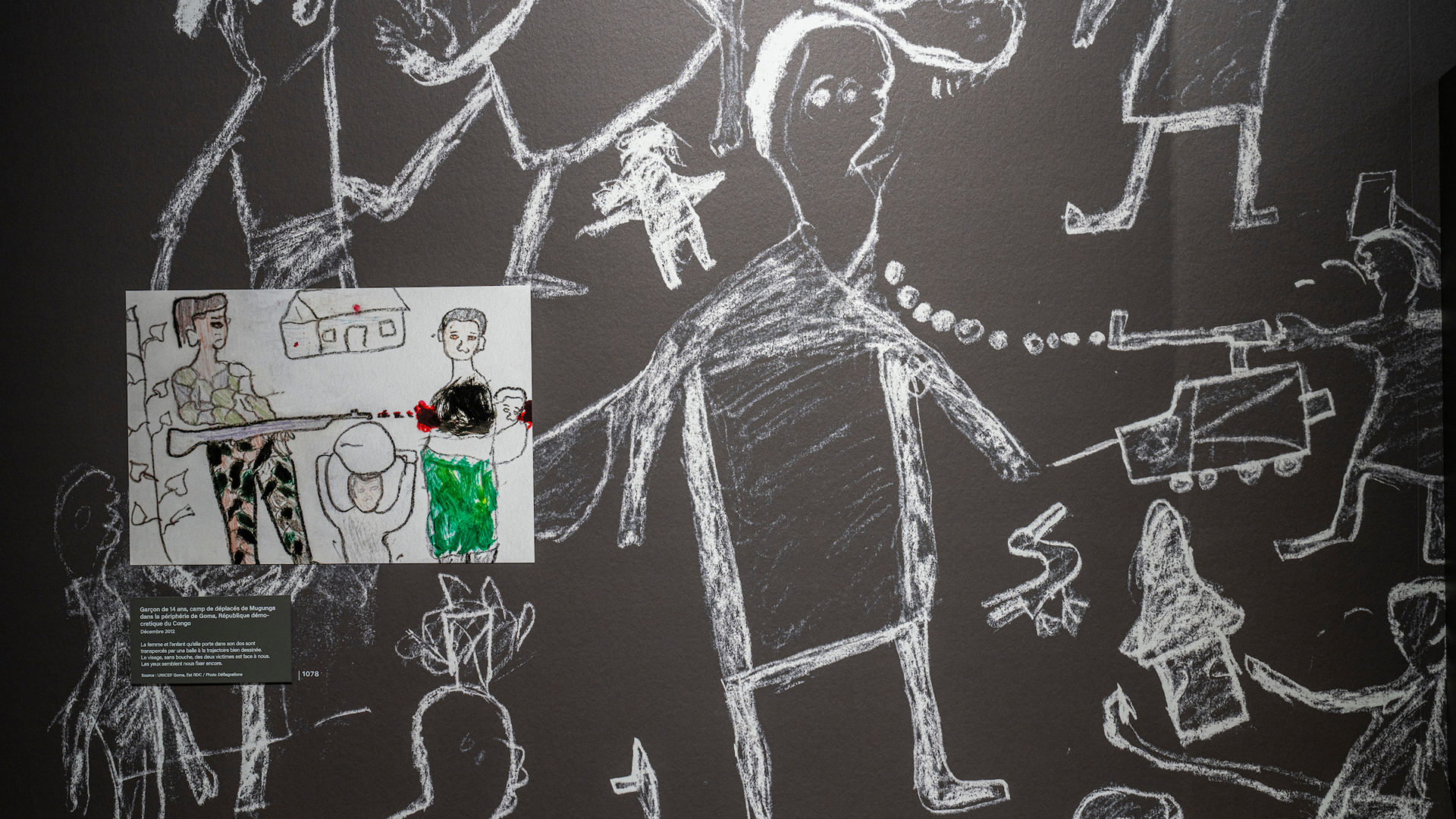
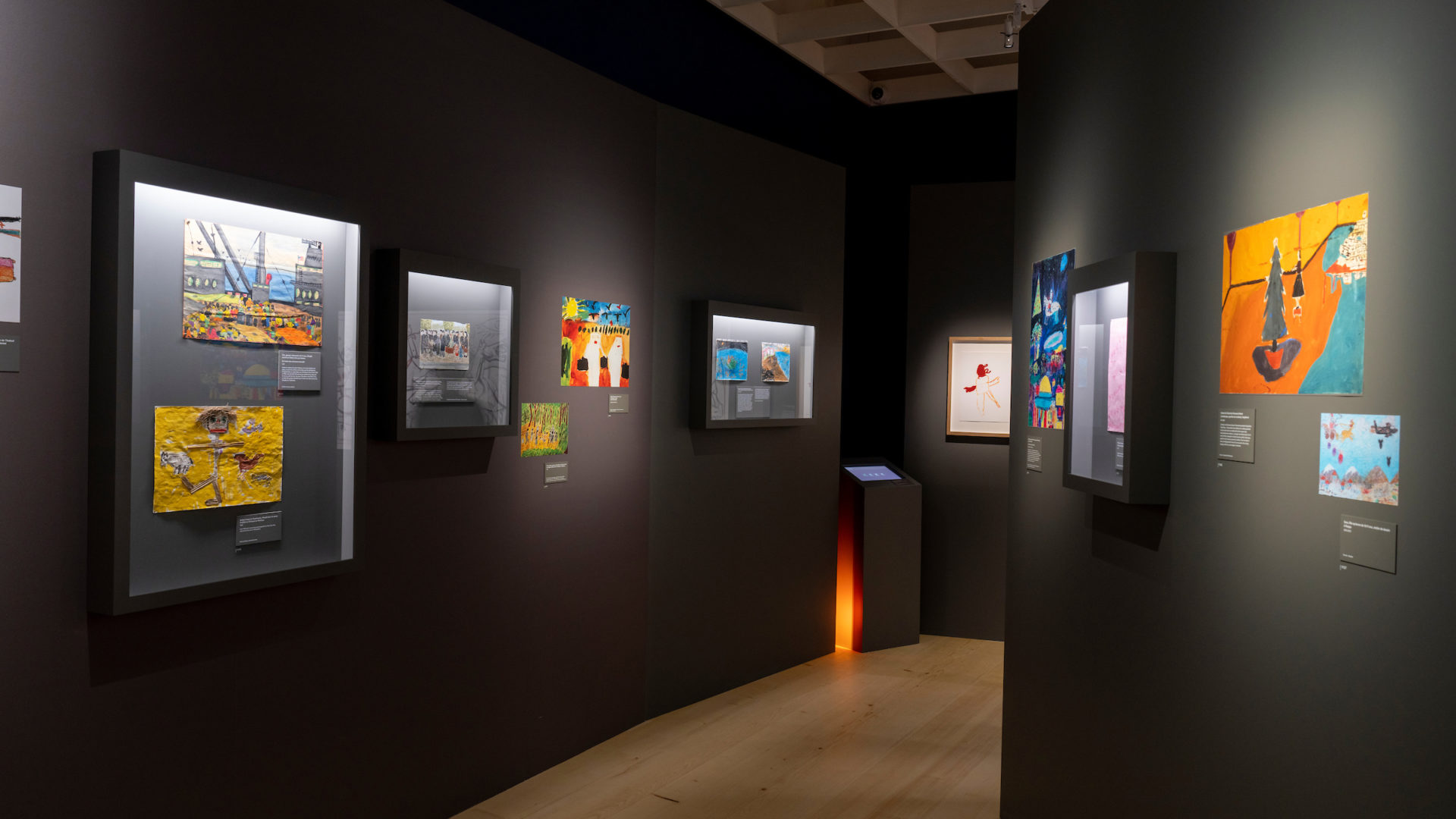
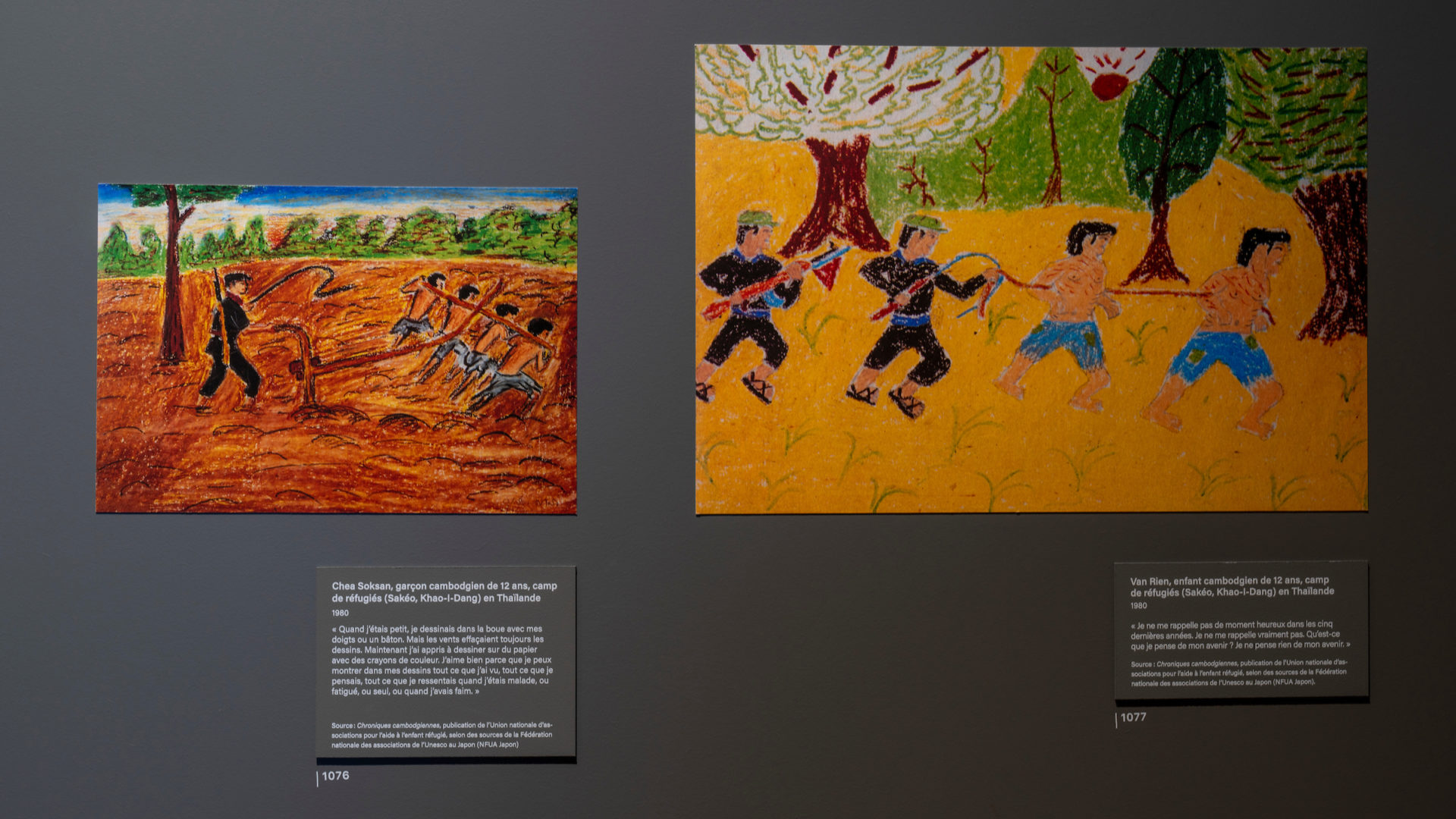
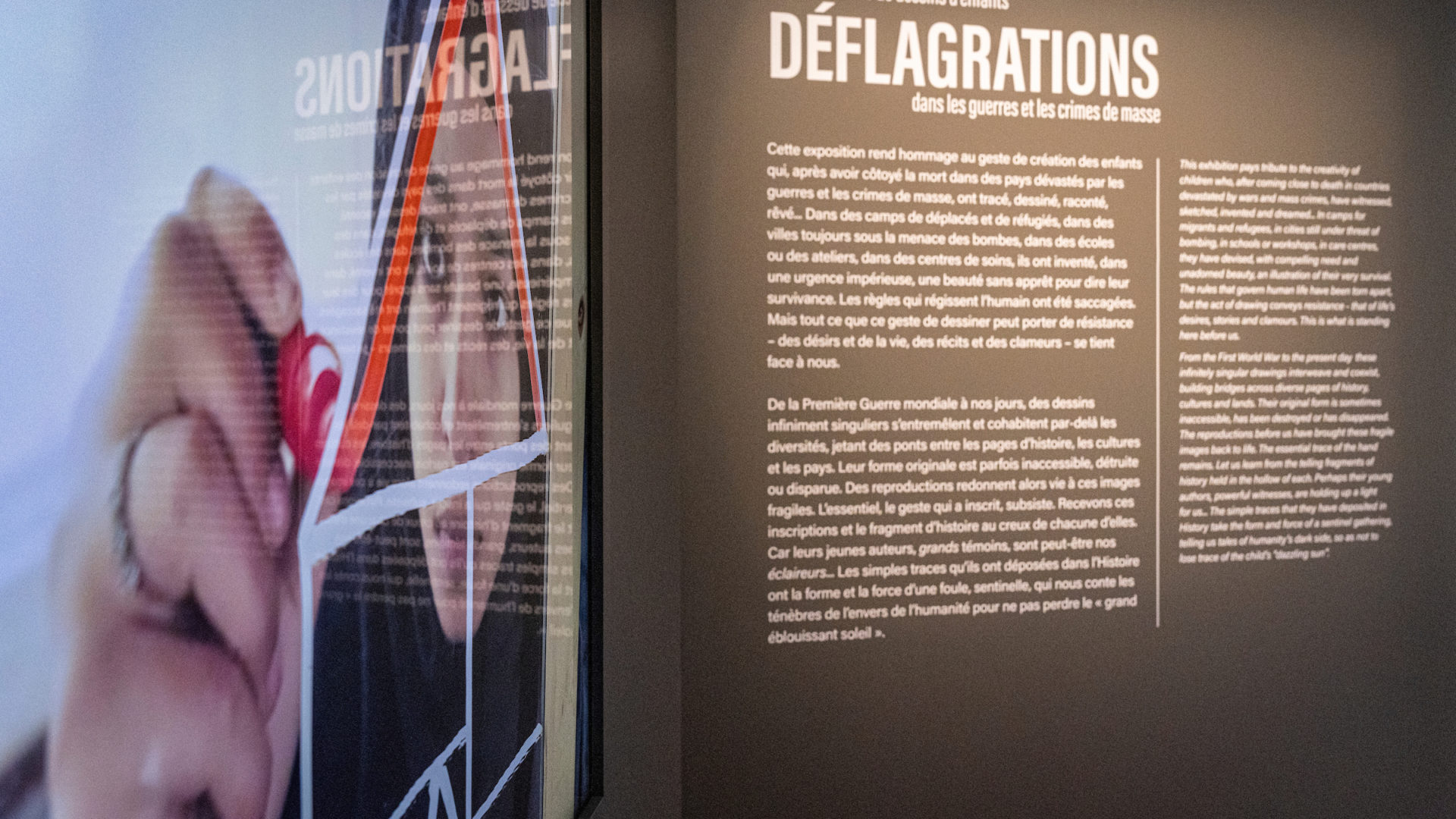
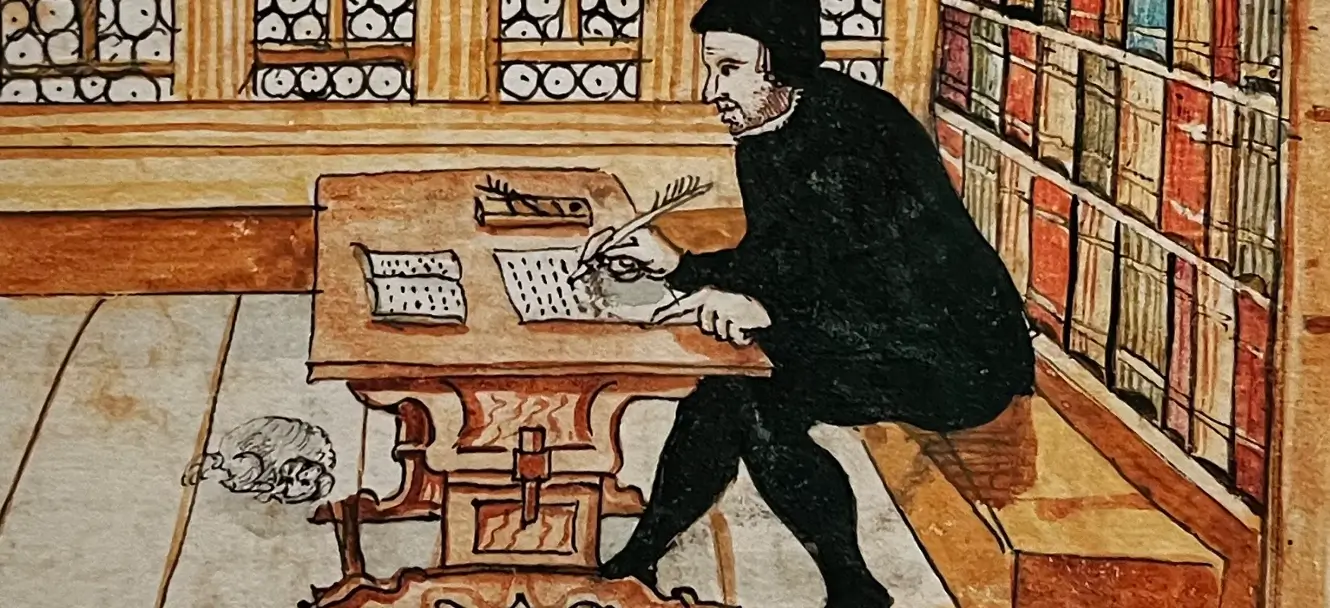

 Google Analytics & Pixel Facebook
Google Analytics & Pixel Facebook